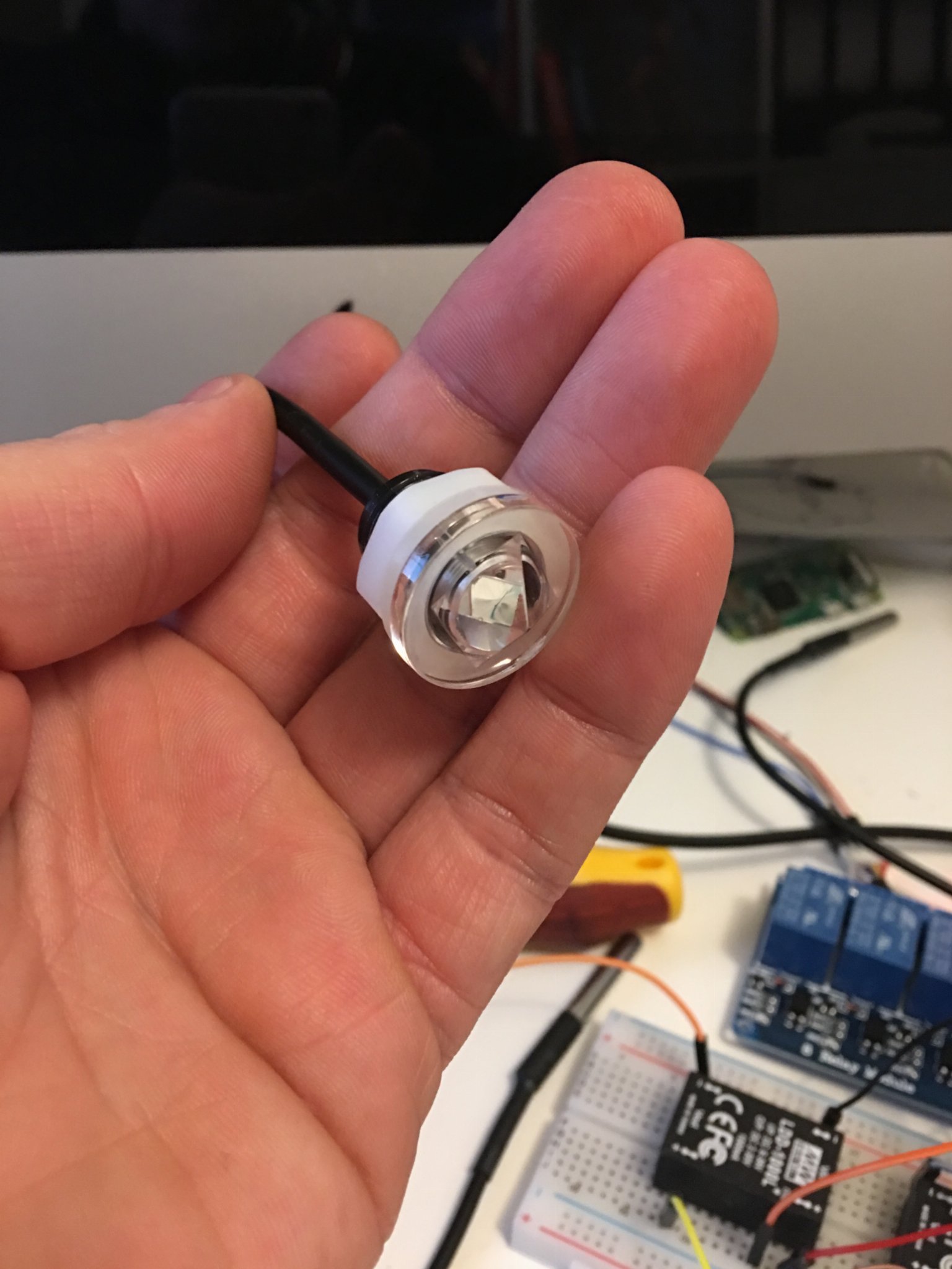You should totally do it. Its easy, very rewarding and good for STEM education. Forget the whole controller, I was so stoked to see the first time I was able to blink an LED
. And fact is controlling an equipment/relay is exactly same as blinking an LED. Adafruit has lots of useful tutorials for beginners and you can learn piece by piece.
Let us know if we can be of any help
Agree here. That one thing I love about one of my newer role at work (AV/IT) where I get to code AV equipment. Its nice being able to write code for a button and see a bunch of equipment respond when that button is pressed
























